Bumblebee Business EV Charging: How it works
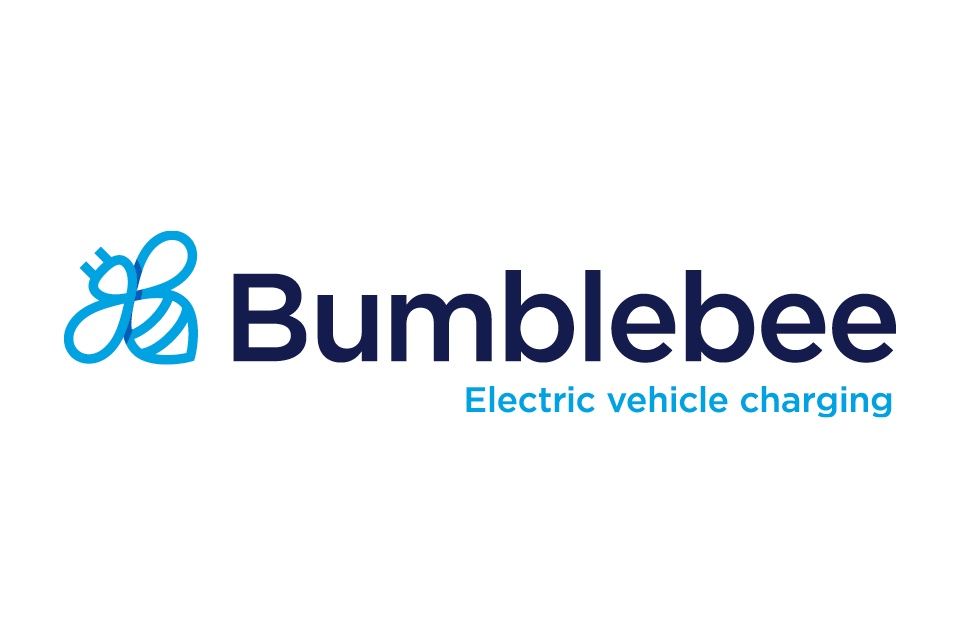
Bumblebee is a leading charge point installer and operator, delivering exceptional service across the UK. With a team of skilled in-house installers and reliable subcontractors, we provide high-quality solutions for domestic, residential, and commercial clients. Having successfully installed over 12,000 sockets, Bumblebee is one of the UK’s leading names in infrastructure supply. Acquired by Arnold […]
Managing the financial challenges of electrification
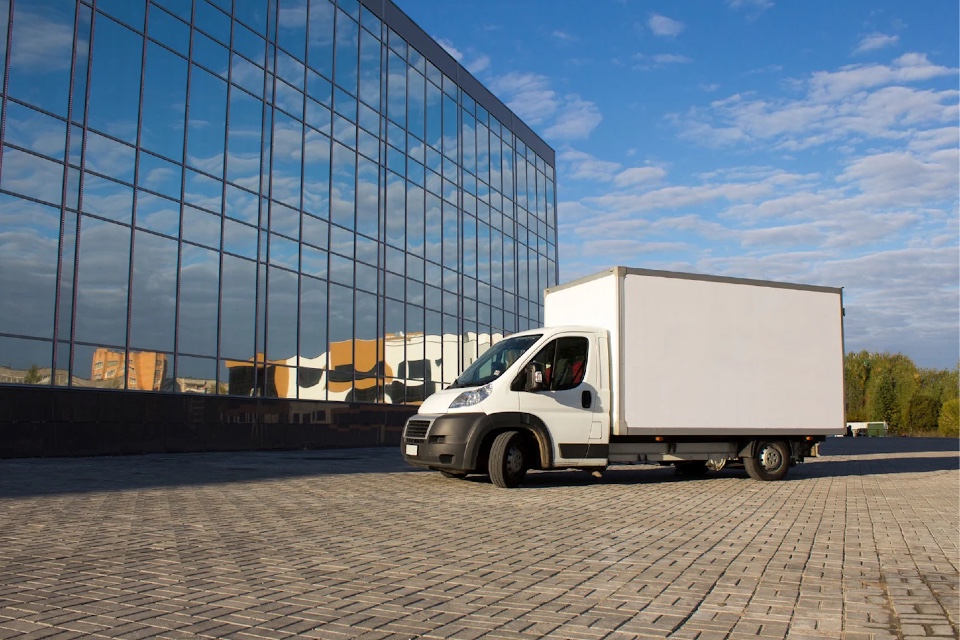
Upfront cost remains a key barrier to electrification, with 51% of respondents recently listing it within their top three blockers. In terms of managing upfront cost, government subsidies can provide organisations with support. But there’s more that businesses can do to remove the blocker of upfront cost by reducing or spreading initial expenses. What Government […]
Powering Your Fleet into the Future: Mer’s depot charging solutions
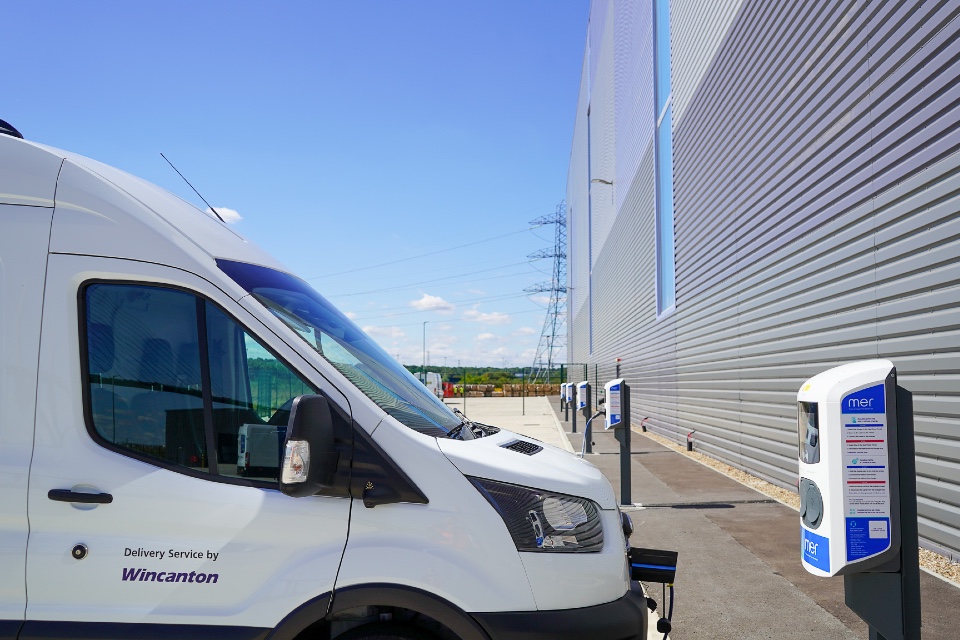
As commercial fleets transition to EVs, having a reliable, scalable depot charging solution is paramount. Hence why Mer has developed reliable, cost-effective charging solutions tailored to a fleet’s unique operational needs. Mer works closely with fleet operators from the outset, providing end-to-end support. Starting with initial site walks, an energy supply analysis as well as […]
Inequality in First Aid provision for business drivers
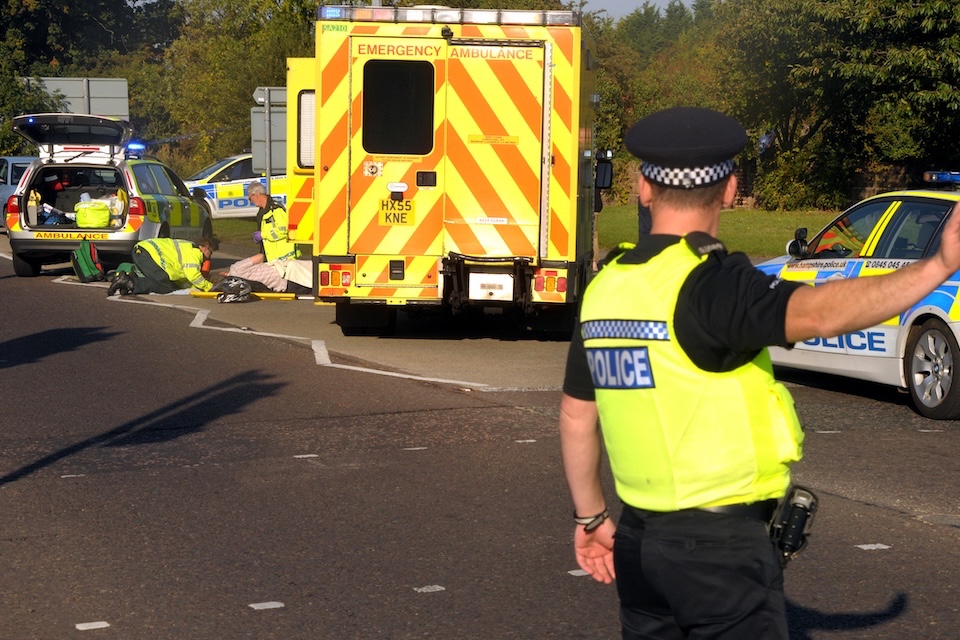
Across the UK, millions of people drive for work – yet remain excluded from basic first aid provision. Despite being statistically among the most at-risk employees, business drivers (including grey fleet users, van drivers, and fleet car users) are often overlooked in workplace health and safety strategies. This results in a profound and unacceptable inequality. […]
CONTRACT HIRE & LEASING MONTH: Centre Court Supercars – 2025 Wimbledon stars and their cars
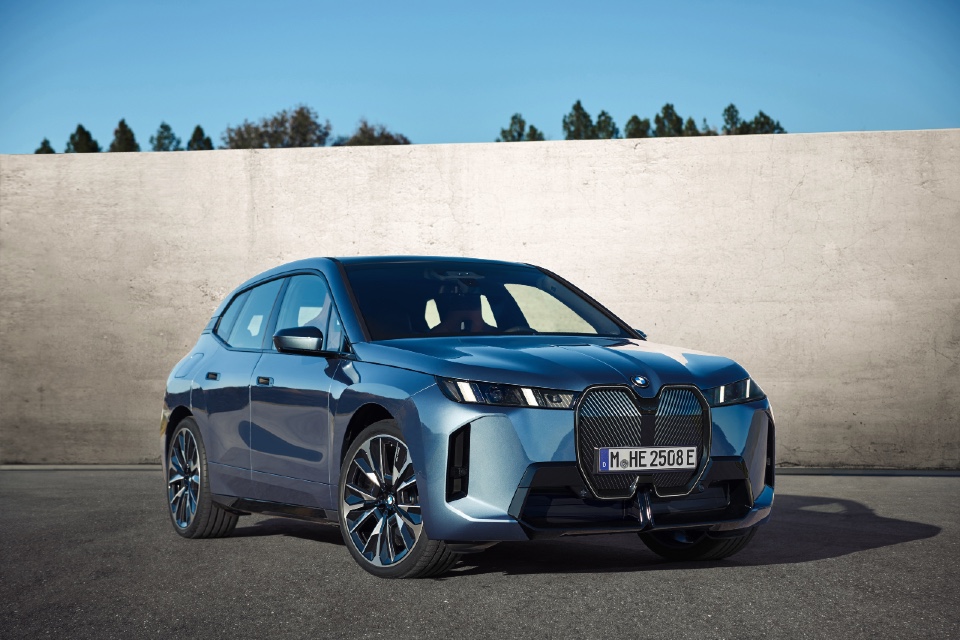
Wimbledon is almost here, with the stars of the tennis world convening in south-west London for two weeks of top-quality sport on turf. With prize money pots continuing to grow and sponsorships becoming increasingly lucrative, the sport’s top dogs have access to some of the world’s most exciting motor cars. But who’s driving what, and […]
THE WHICHEV VIEW: BMW’s 497-mile iX3 sets pulses racing

By WhichEV BMW has fired the starting gun on its electric future, unveiling the technological blueprint for its next generation of vehicles. The first model to carry this new DNA into production will be the BMW iX3 (replacing the previous model with that name), a Sports Activity Vehicle (SAV) set to roll off production lines […]
Birmingham’s parking ticket hotspots: Revealed!

Driving in Birmingham can be tough at times, right? The city known for Spaghetti Junction is hardly likely to be a breeze to get around and one study even ranked Brum’s drivers as the third-worst in the country. Whether you end up in a bus lane, park on double yellows or get caught going the wrong way […]
Managing a mixed-fuel fleet with the bp Fuel & Charge card
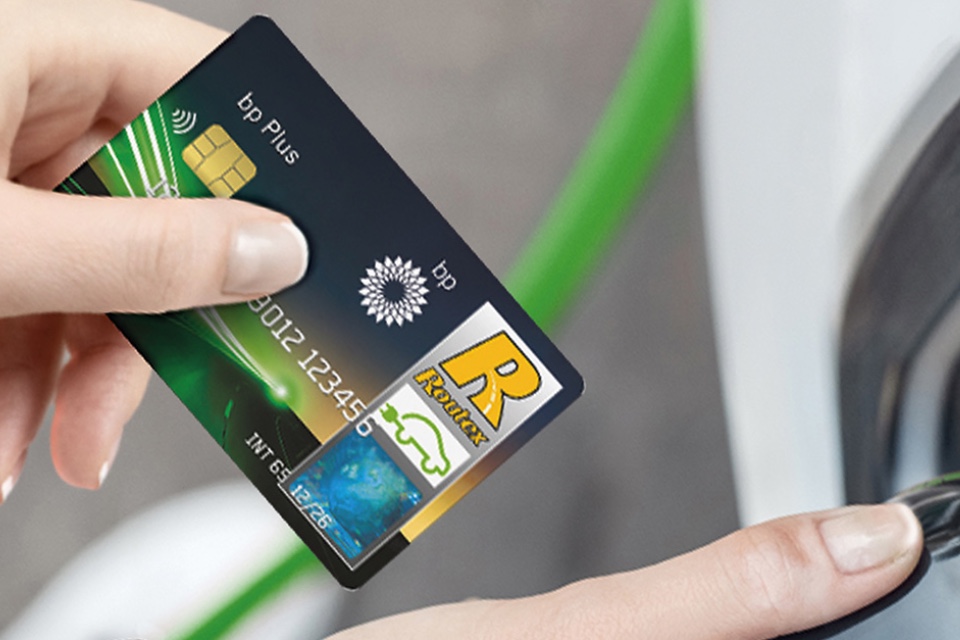
Managing a fleet, whether it runs on electricity, conventional fuel or a mix of both, comes with its fair share of challenges. So, fleet managers need a solution that adapts to their needs, whether that’s keeping costs in check or reducing the admin burden of running a mixed fleet. The bp Fuel & Charge card […]
Why DAVIS is the smart choice for fleet and driver risk management

When it comes to managing driver and vehicle compliance, DAVIS offers a fully automated platform trusted by thousands of businesses across the UK. Built with security, flexibility and efficiency in mind, DAVIS simplifies the complexity of fleet risk management while providing powerful tools to help businesses stay compliant, informed, and in control. Why choose DAVIS?At DAVIS, data […]
BMW begins on-road testing of all-solid-state battery (ASSB) cells in i7
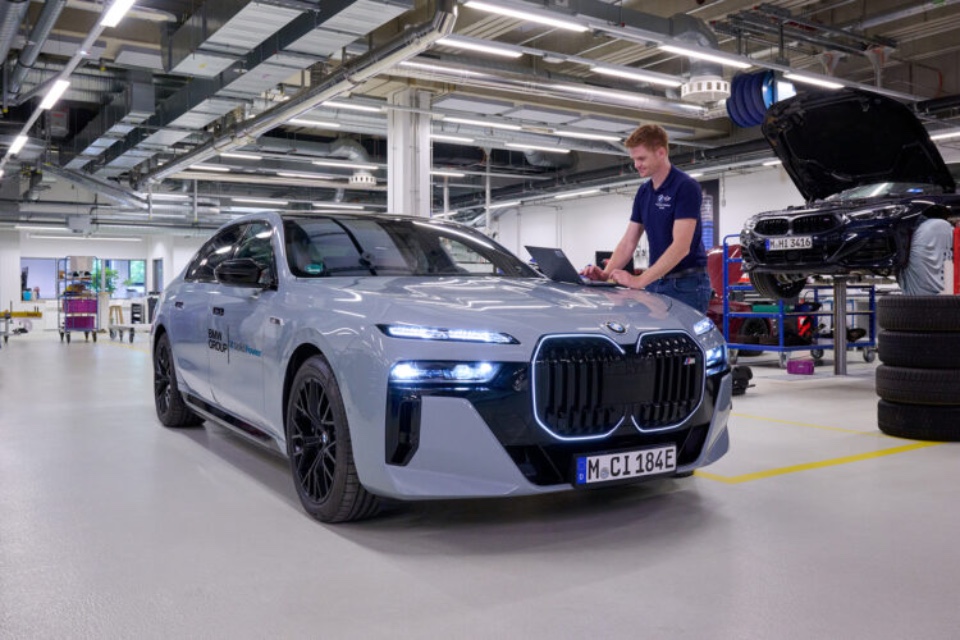
By WhichEV The BMW Group, in a significant stride towards next-generation electric vehicle (EV) power, has commenced on-road testing of all-solid-state battery (ASSB) cells in a specially equipped BMW i7. This milestone, achieved in partnership with US-based specialist Solid Power, Inc., sees large-format, pure ASSB cells integrated into a vehicle operating in the Munich area, […]


